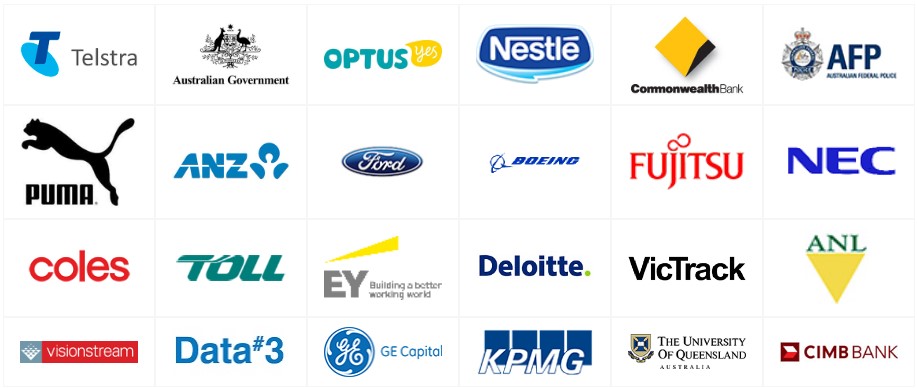Companies are looking for more common ways to simplify their operations and to make them more efficient. This search for improvement is what has brought popular Microsoft Azure to the front runner positions, and it is absolutely a game-changer in the administration of IT. Traditional methods of managing IT infrastructure that continue to be used are becoming more obsolete as the cloud-based platforms become more flexible with products like Azure gaining wide popularity.
Traditional IT Administration
The evolution of IT management is something that is not to be overlooked; in fact the companies are looking for possible ways to become more effective and efficient in the field of marketing. A pursuit of efficiency has been introduced by cloud computing which has been at the top in the list of what IT administrators should use especially for Microsoft Azure which is having a significant change on the IT administration landscape. Cloud platforms like Azure are becoming a replacement for the traditional IT hardware setup, which is certainly still relevant, but the new capabilities gained would outweigh the losses. Classical IT management is the term used for the standard method applied when dealing with the IT infrastructure needs of an organization with the use of both hardware and software that remain on the premises. This approach includes hardware procurement, software installation, and data security.
Main elements of traditional IT administration:
- Infrastructure Management: Physical servers, storage systems, and networking equipment are included in the company’s buildings. This involves significant capital investment in hardware and facilities and the ongoing maintenance and upgrades.
- Capacity Planning: In a typical setup, the administrators are required to estimate the resources that are going to be needed and buy the hardware accordingly. This often results in recourse underutilization or in the absence of capacity the performance bottlenecks.
- Disaster Recovery: Involves the use of off-site backups and redundant systems. These answers can be costly and of complex nature, and thus the provision and maintenance of these may be a problem.
- Scalability: The main issue with scaling of infrastructure in traditional setup is the requirement for physical installation of new hardware, which can be time-consuming and costly.
- Security and Compliance: Security is managed through on-premises firewalls, antivirus software, and physical security measures. Regulatory compliance frequently requires highly labor-intensive manual processes and audits
- Management Overhead: They take care of everything from repairs of hardware to updates and security patches in software.
Azure Administration
Microsoft Azure is a cloud computing platform in the lead, which gives an entire new perspective to IT administration. However, MS Azure isn’t a project itself and requires one to have an Azure subscription. Azure includes computing power, storage, databases, analytics, and many other services. Here’s how Azure administration contrasts with traditional methods:
- Infrastructure as a Service (IaaS): Azure allows organisations to lease virtual servers, storage, and networking resources according to their requirements. This saves money and associated continuous maintenance costs as well.
- Elastic Scalability: Azure can scale resources up or down as required. This allows organizations to quickly scale computing power and storage capacity, and never face problems with over-provisioning or under-provisioning.
- Integrated Disaster Recovery: Azure Site Recovery and Azure Backup are a part of Azure which are disaster recovery solutions. These services give an automated, scalable, and geographically distributed backup solution that is cost-effective, less complex, and more comfortable to handle compared to heritage methods.
- Automation and Management: Azure Automation with Azure Resource Manager ARM templates offer strong automation. These allow for the automation of repeated tasks and consistency in deploying resources, all towards better infrastructure management.
- Security and Compliance: Security capabilities like Azure Security Center provide unified protection management and threat protection. Industry standards, too, are met with Azure’s robust set of regulatory certifications and comprehensive compliance offerings.
- Cost Management: This pay-as-you-go pricing model in Azure basically means that the organization will only be charged for the resources used. Apart from this, the tools available in Azure Cost Management and Billing support the tracking and optimization of spending for transparency and control over cloud expenditure.
Comparative Analysis
- Cost Efficiency: Most of the traditional methods used in IT tend to have huge initial capital outlay, with continuous maintenance costs afterwards. In comparison, the subscribe and use model is used in Azure, making it flexible and easy on the pocket. There are no upfront investments, and expenses will increase depending on how much you’ve consumed.
- Flexibility and Scalability: This is how traditional IT infrastructure is adapted physically to enlarge, which is slow and expensive. In Azure, capacity is available on demand; due to this, organizations can scale up or down in response to changing business needs and loads without the constraints of physical hardware.
- Maintenance and Upgrades: These conventional methods require manual device maintenance and software upgrades, which may cause downtime and cost. Azure automates many such tasks, thereby reducing the burden on the IT teams and helping reduce service interruption.
- Disaster Recovery: Setting up disaster recovery solutions in a traditional environment may prove difficult, and sometimes even the cost may be too high to even try. Azure simplifies this with fully integrated backup and recovery services to protect your data more easily and reliably.
- Security Management: While traditional IT environments relied on security set up on-premises, Azure has advanced security utilities available and is updated regularly with Microsoft global security experience, which makes it easier to have more robust security postures and thereby enhance compliance with regulations.
- Management of Resources: This requires significant administrative overhead to manage and track physical resources. A single cloud is used for a centralized management, which fast tracks most of the administrative workload and improves operational efficiencies.
In conclusion, Administering Azure is the next step in a big shift from the traditional IT ways to a more flexible, scalable, and cost-effective ways. There are many places where traditional methods would be useful, especially in businesses that are regulated or for specific uses. At the same time, one cannot deny that Azure has some very compelling benefits in the satisfaction of business and technology demands today. It will be the cloud capabilities of Azure that will help any company increase operational efficiency and IT management to be competitive in today’s fast-moving digital economy. Understanding the benefits and limitations of Azure Administration vs Traditional methods is required in order to achieve success.





